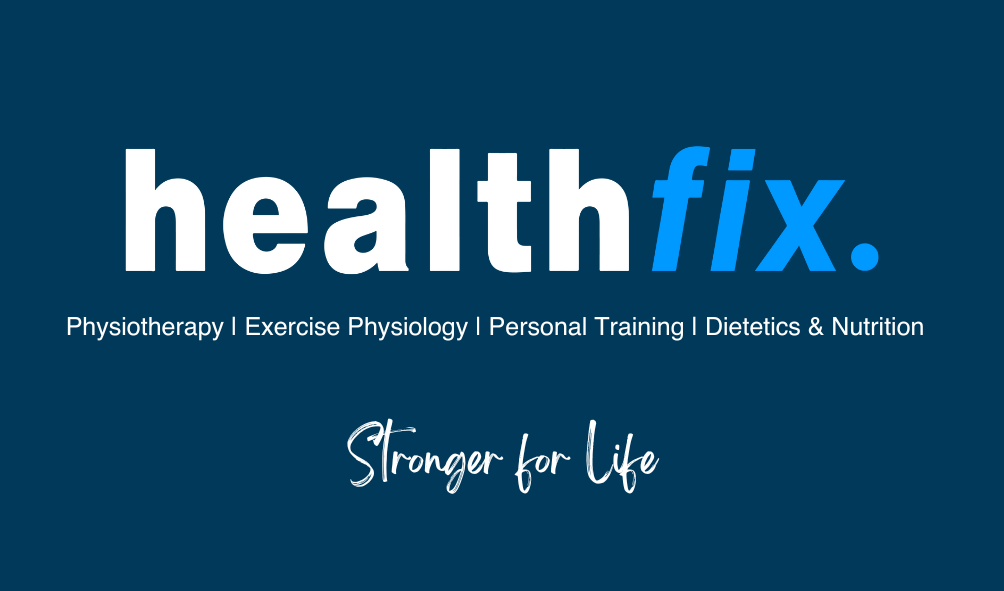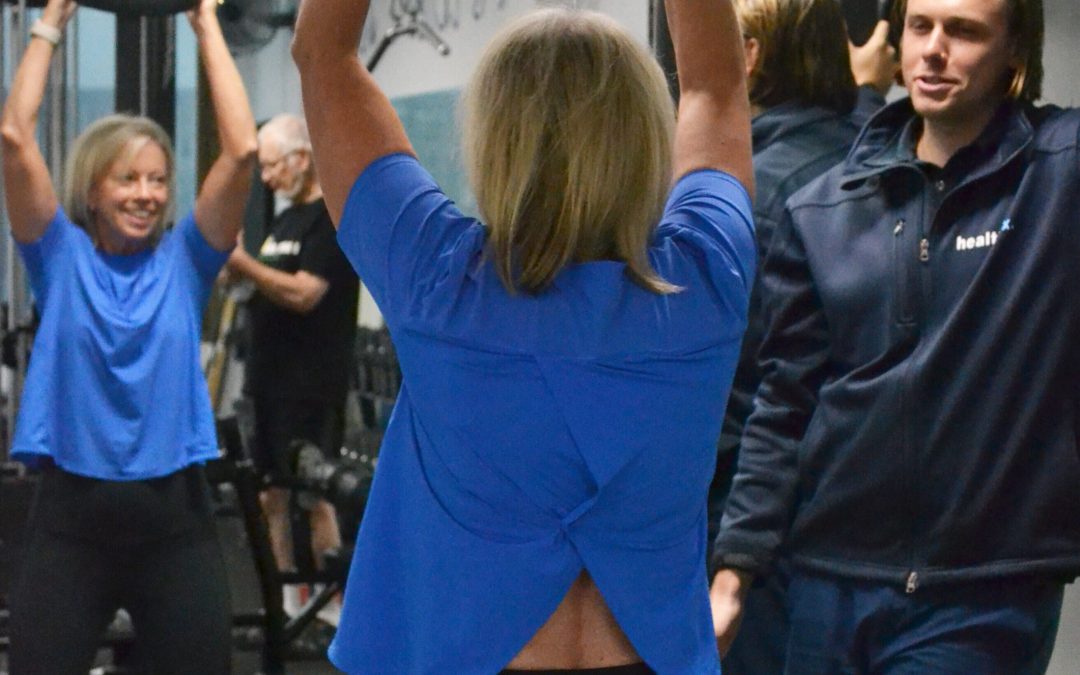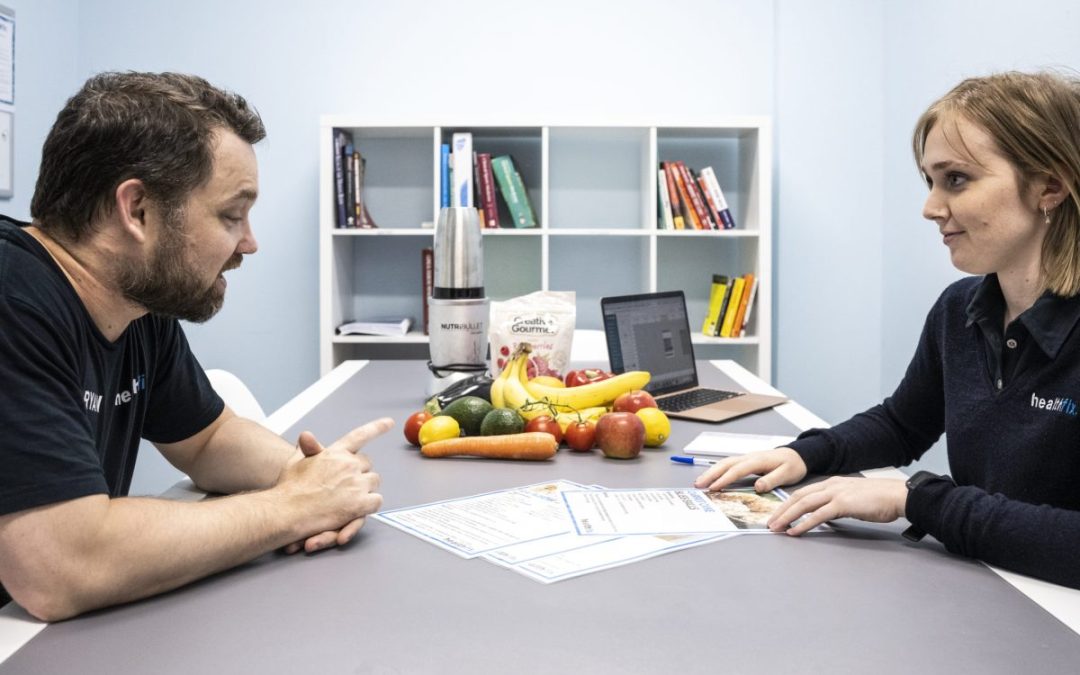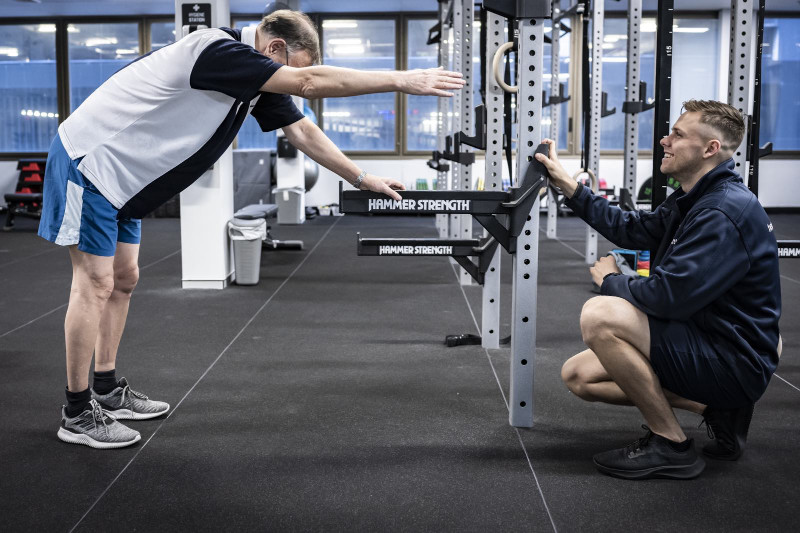
by Ash Cooney | About Healthfix
At Healthfix, our mission is to empower you for a healthier life. We understand that chronic diseases and recurring issues often lead people to use physiotherapy and healthcare as temporary fixes.Whether you’re managing a career, family, or personal health...

by Ash Cooney | About Healthfix, Physiotherapy
At Healthfix, we believe that strength training is an integral part of recovery from injury, not just an activity for the already fit. Healthfix Strength Philosophy Our philosophy is grounded in the idea that rehabilitation should seamlessly transition into...

by admin | Latest News, Promotions
Are you ready to embark on a transformative journey to a healthier, stronger, and revitalised version of yourself? Healthfix is delighted to introduce the New Year Challenge, our 8-Week Reboot. The Reboot is a powerful program designed to cater to diverse health needs...

by Ash Cooney | Latest News
In the fast-paced world of executive leadership, maintaining optimal health and wellbeing is not just a personal choice – it’s a strategic decision that influences professional success and overall quality of life. Let’s delve into the world...

by Ash Cooney | About Healthfix, Conditions, Latest News
According to the World Health Organization, diabetes affects over 420 million people worldwide, with numbers expected to rise in the coming years. Diabetes is a chronic disease that affects the way the body processes glucose, a type of sugar that is the body’s...






